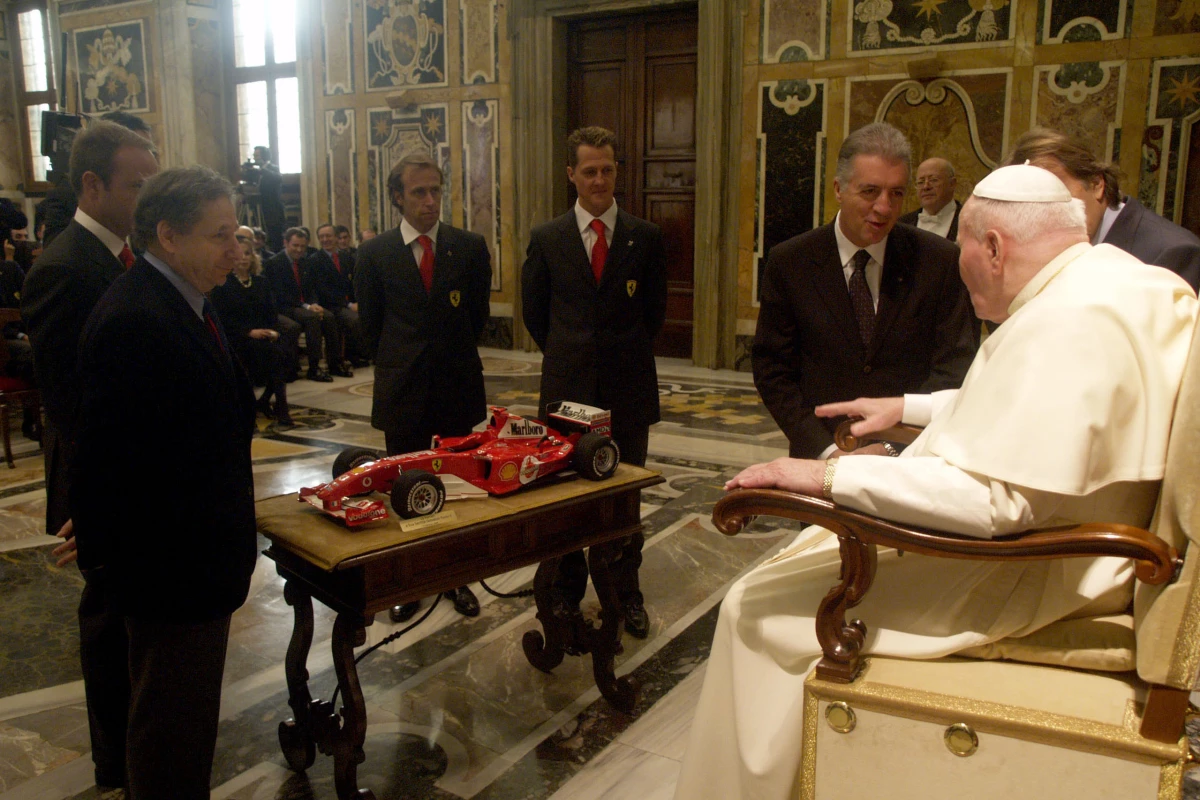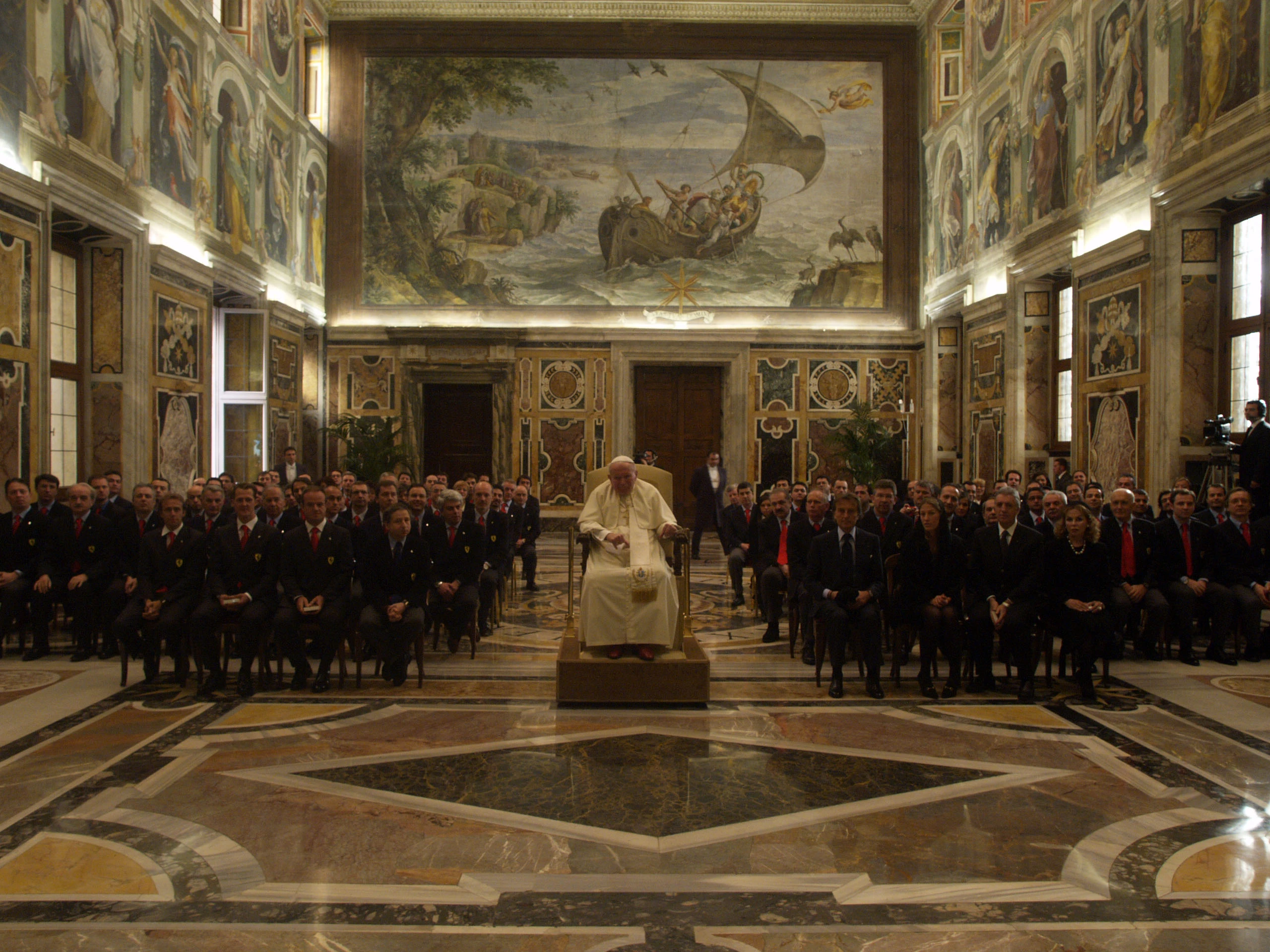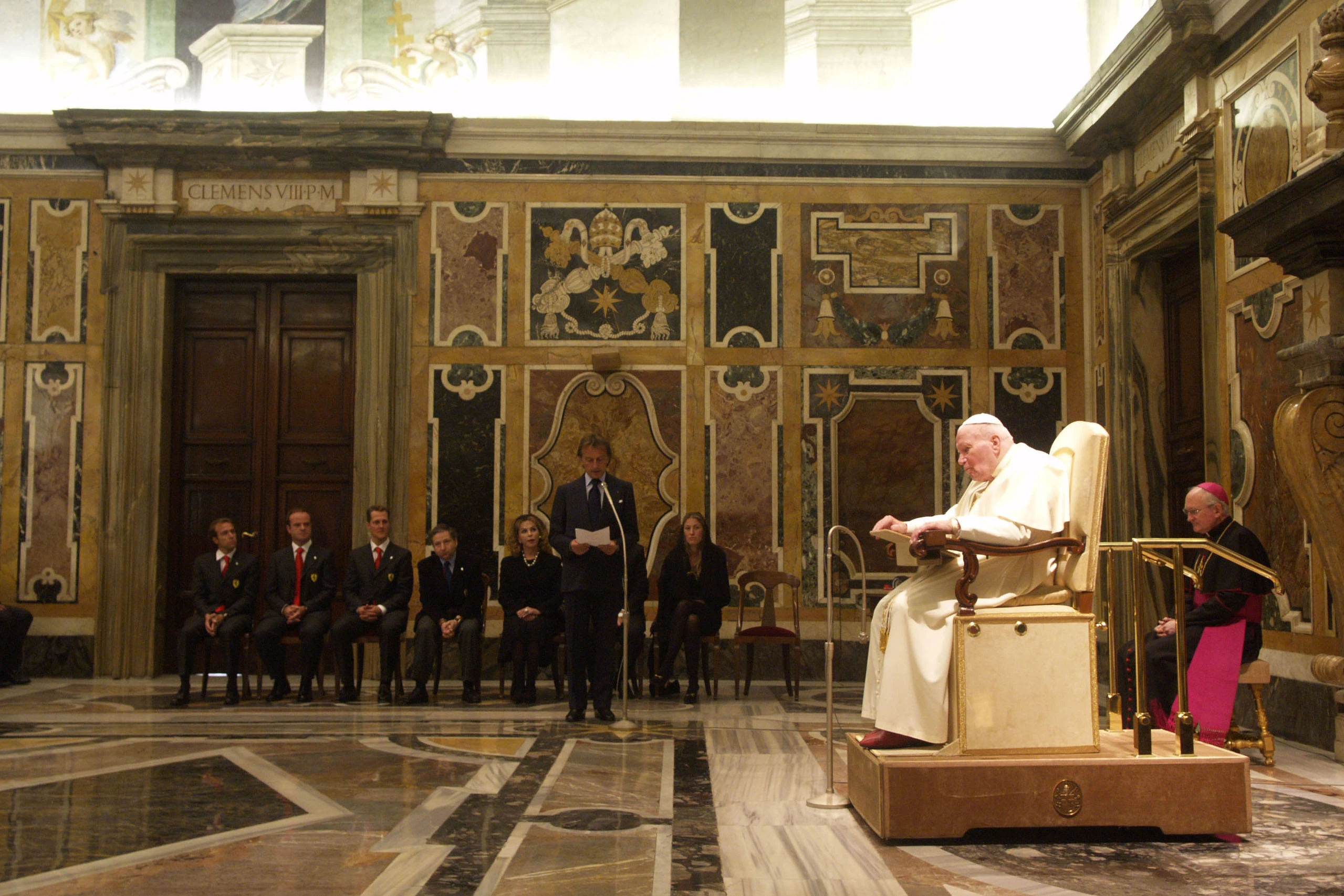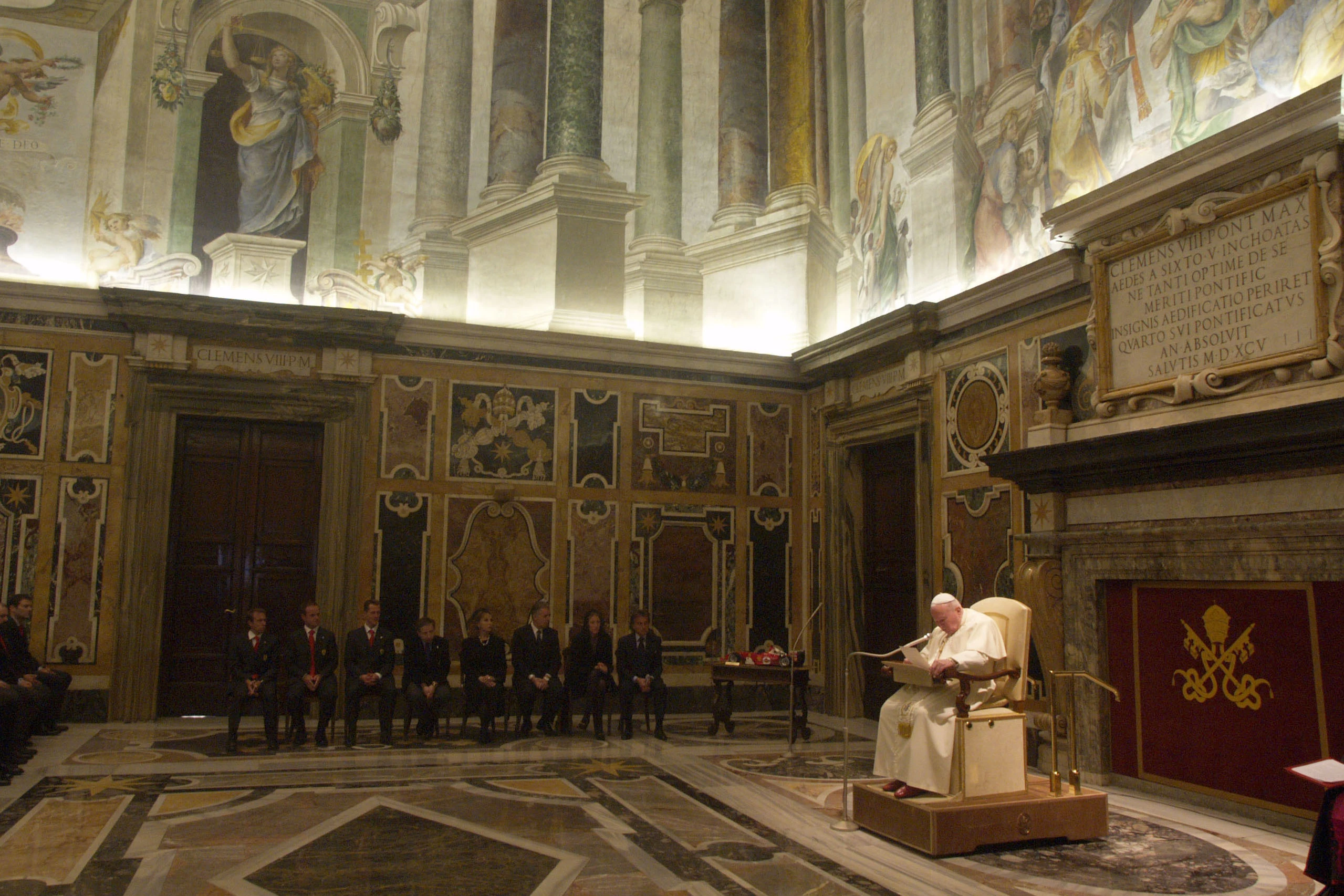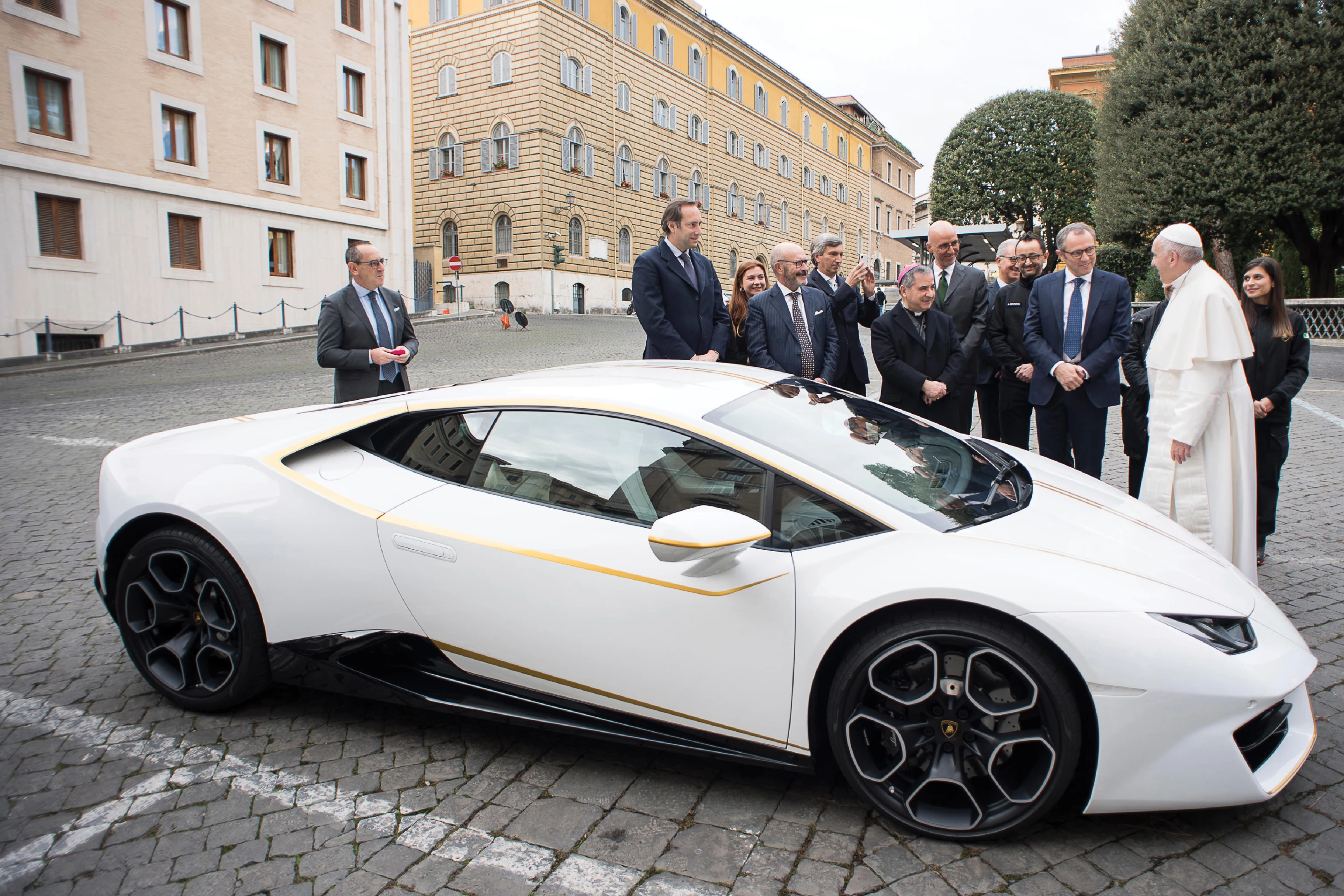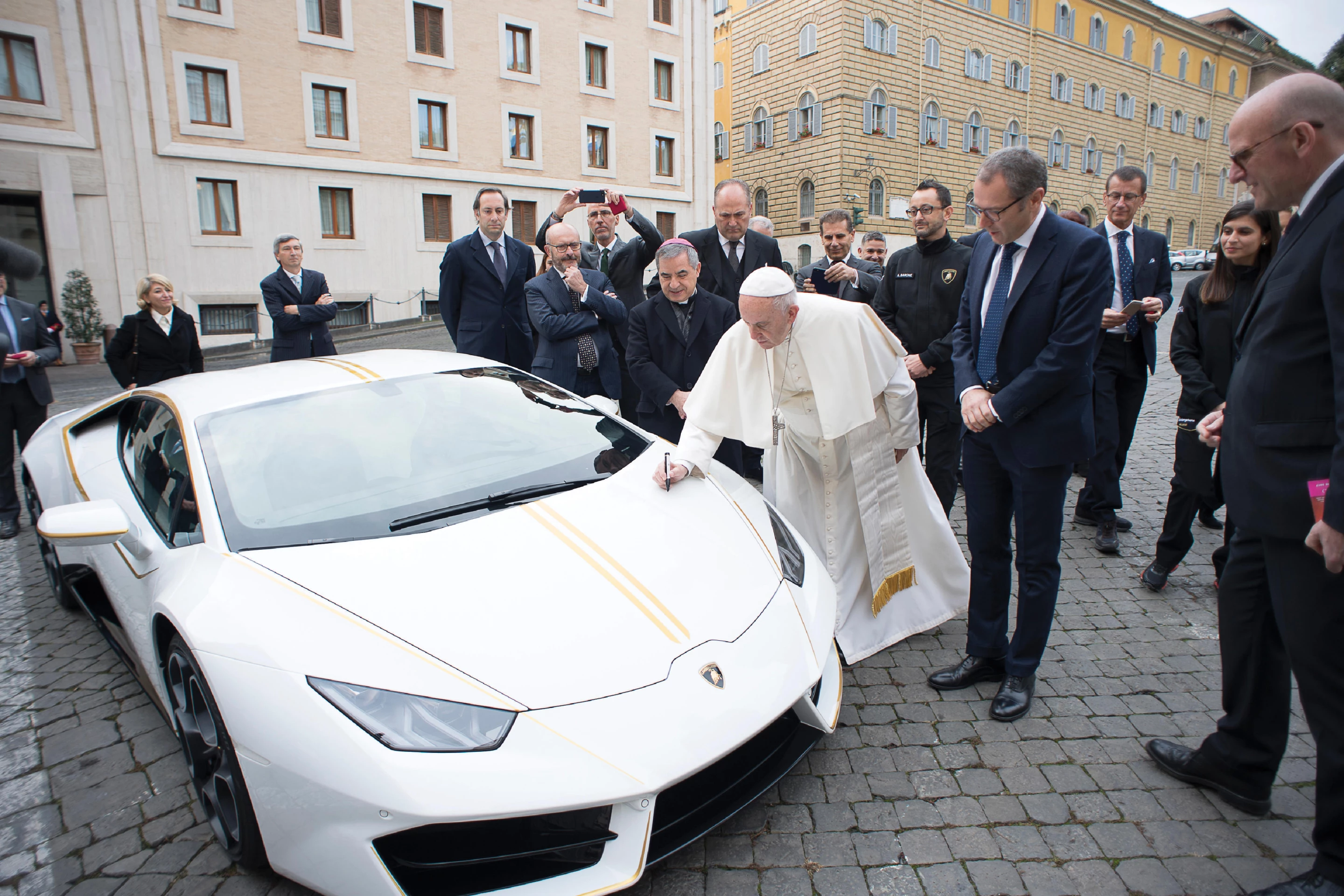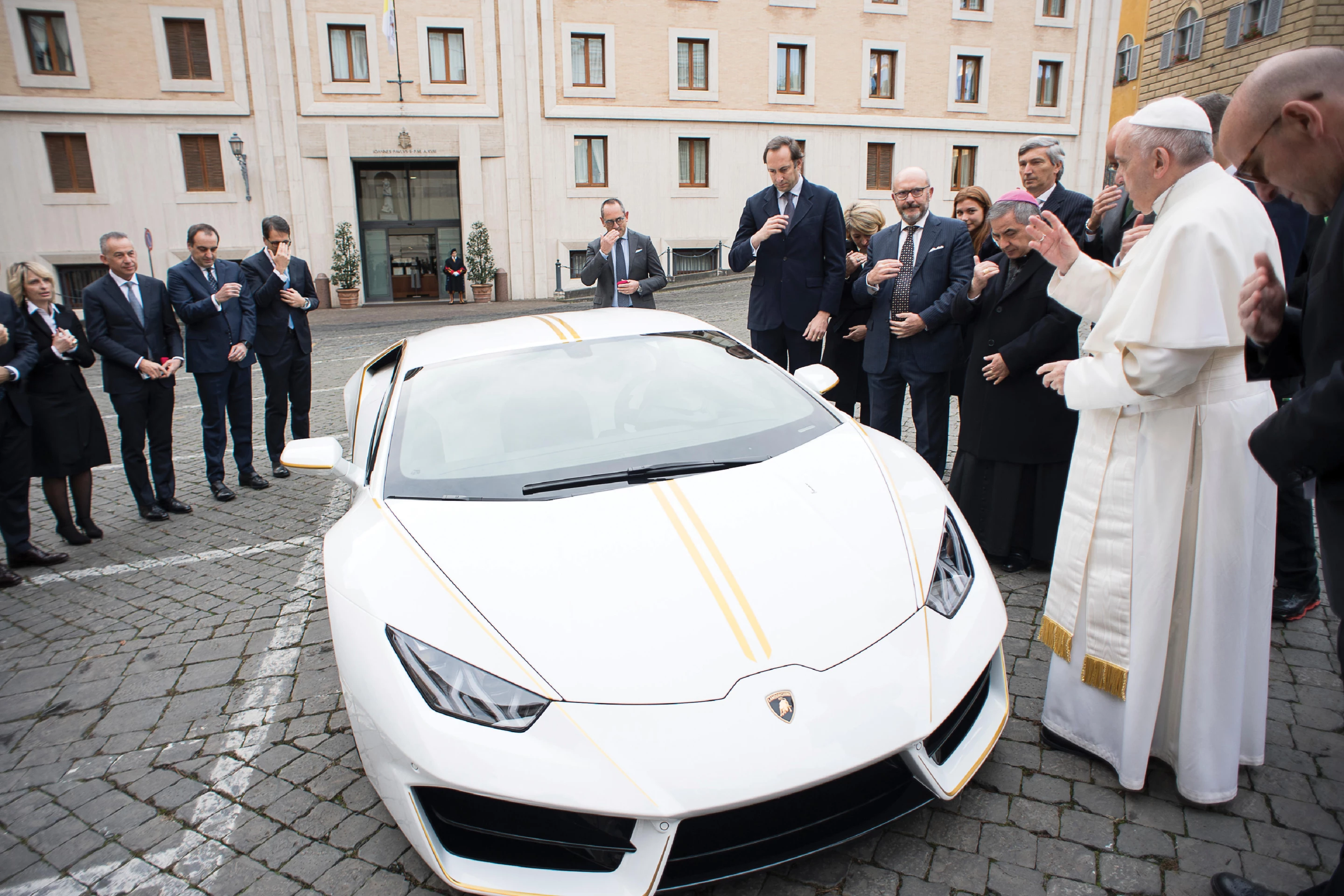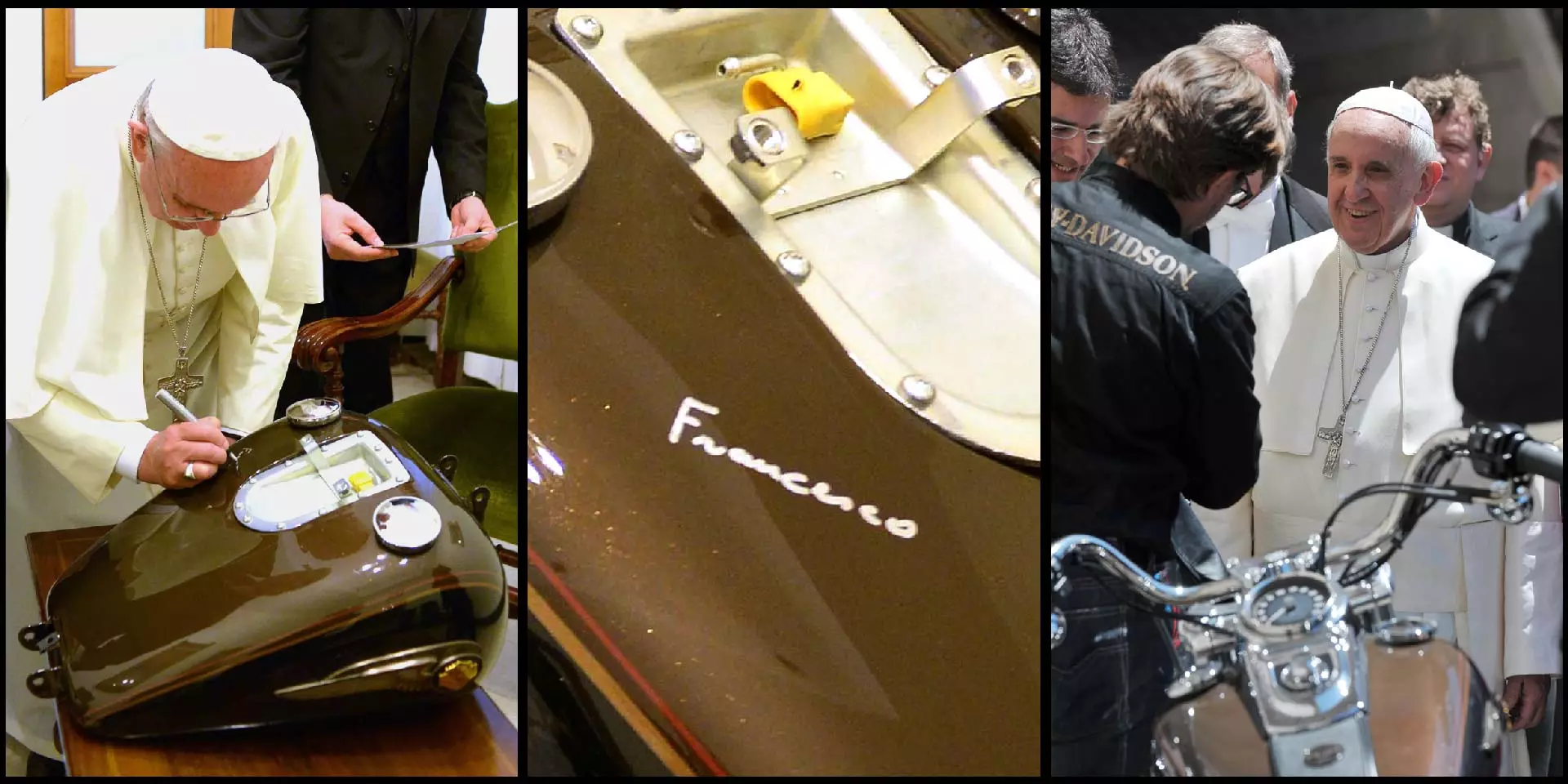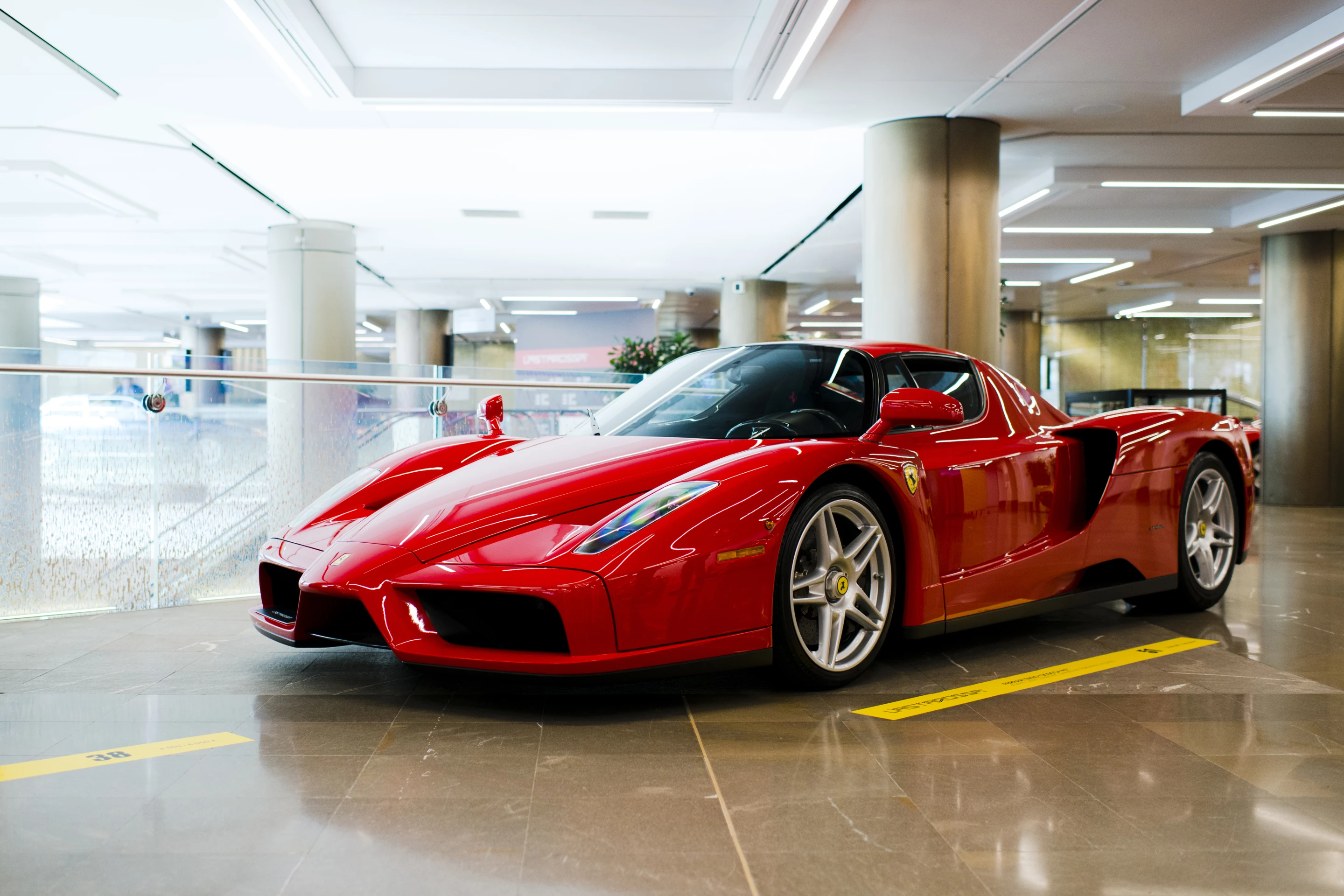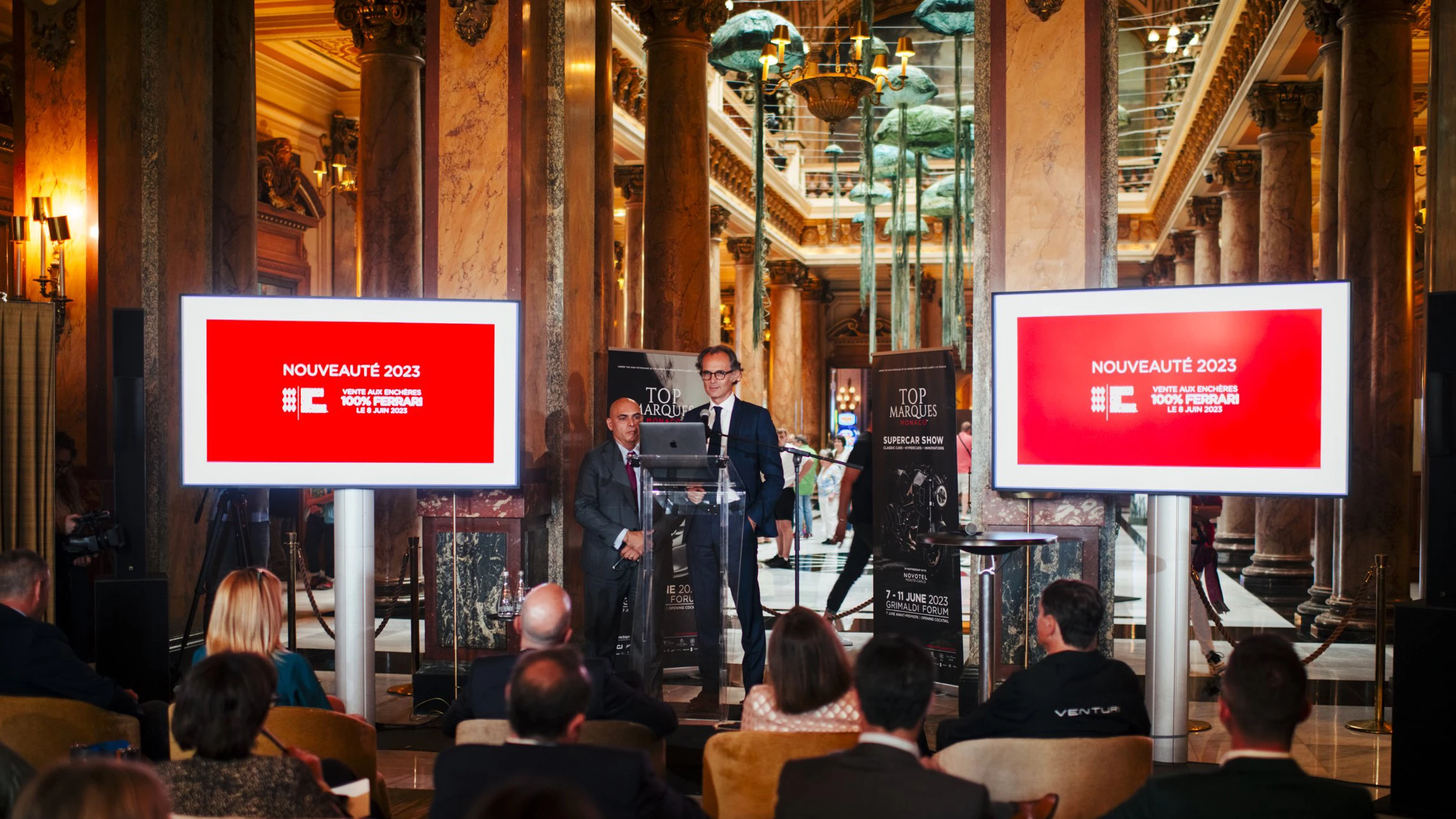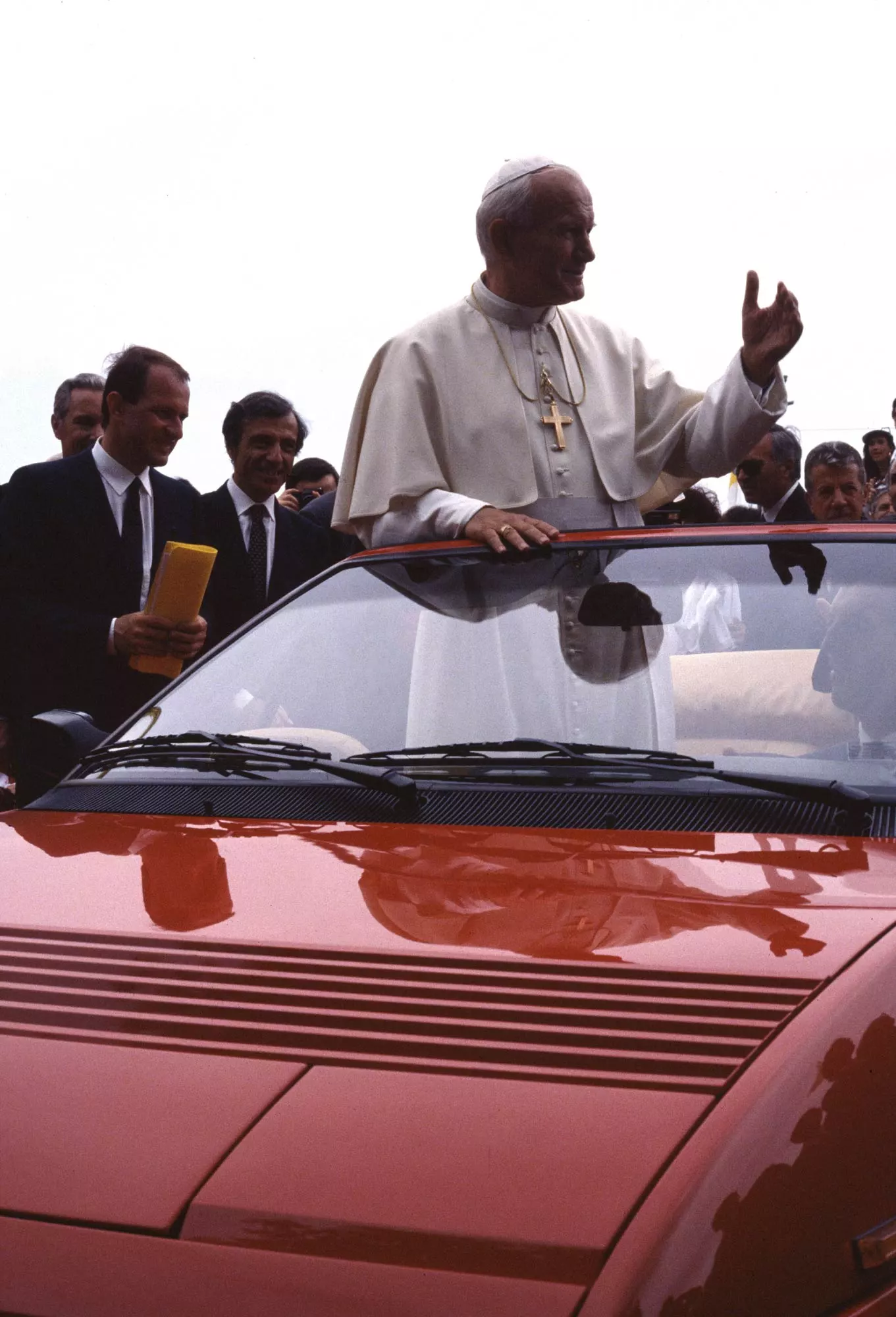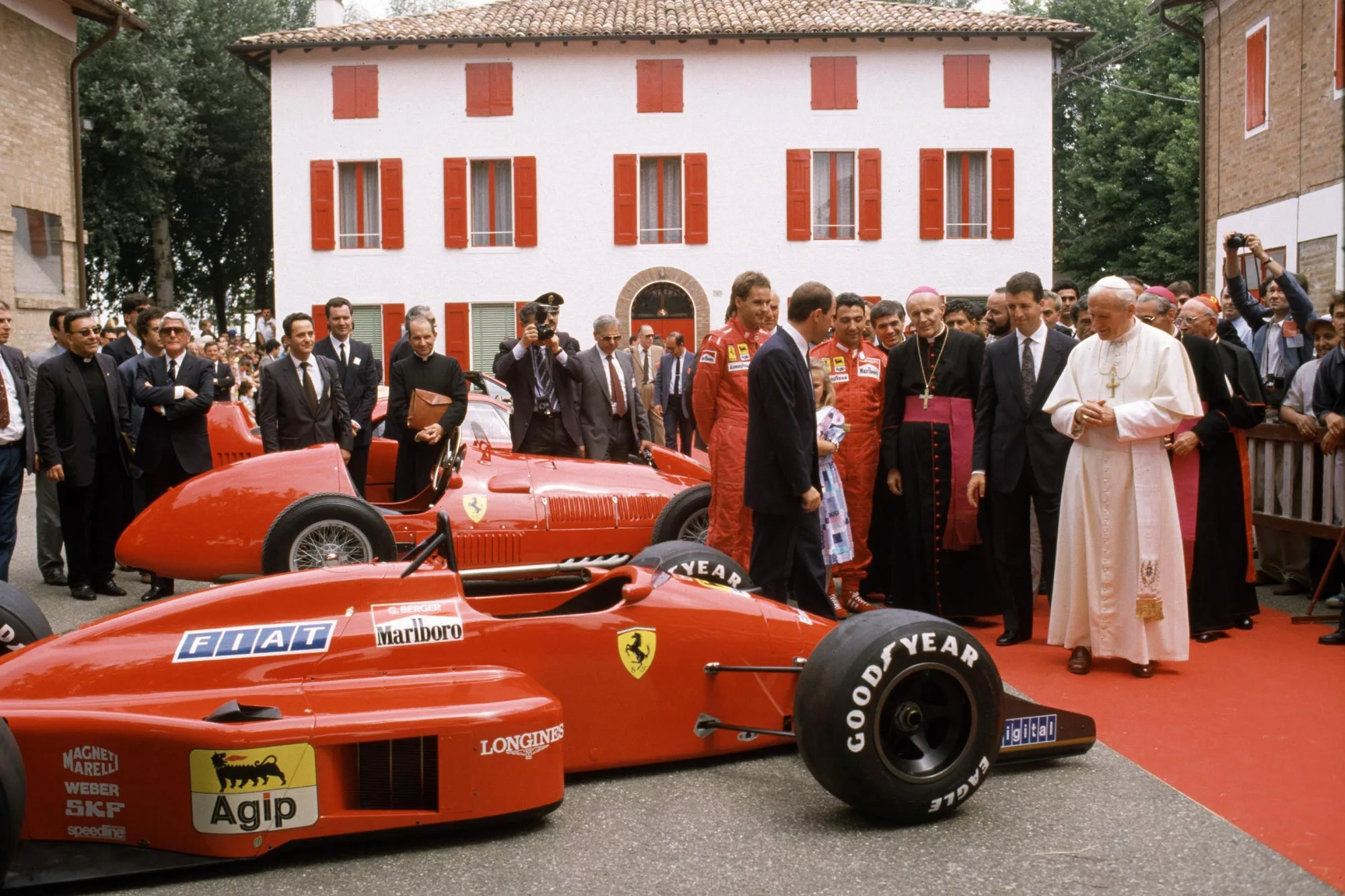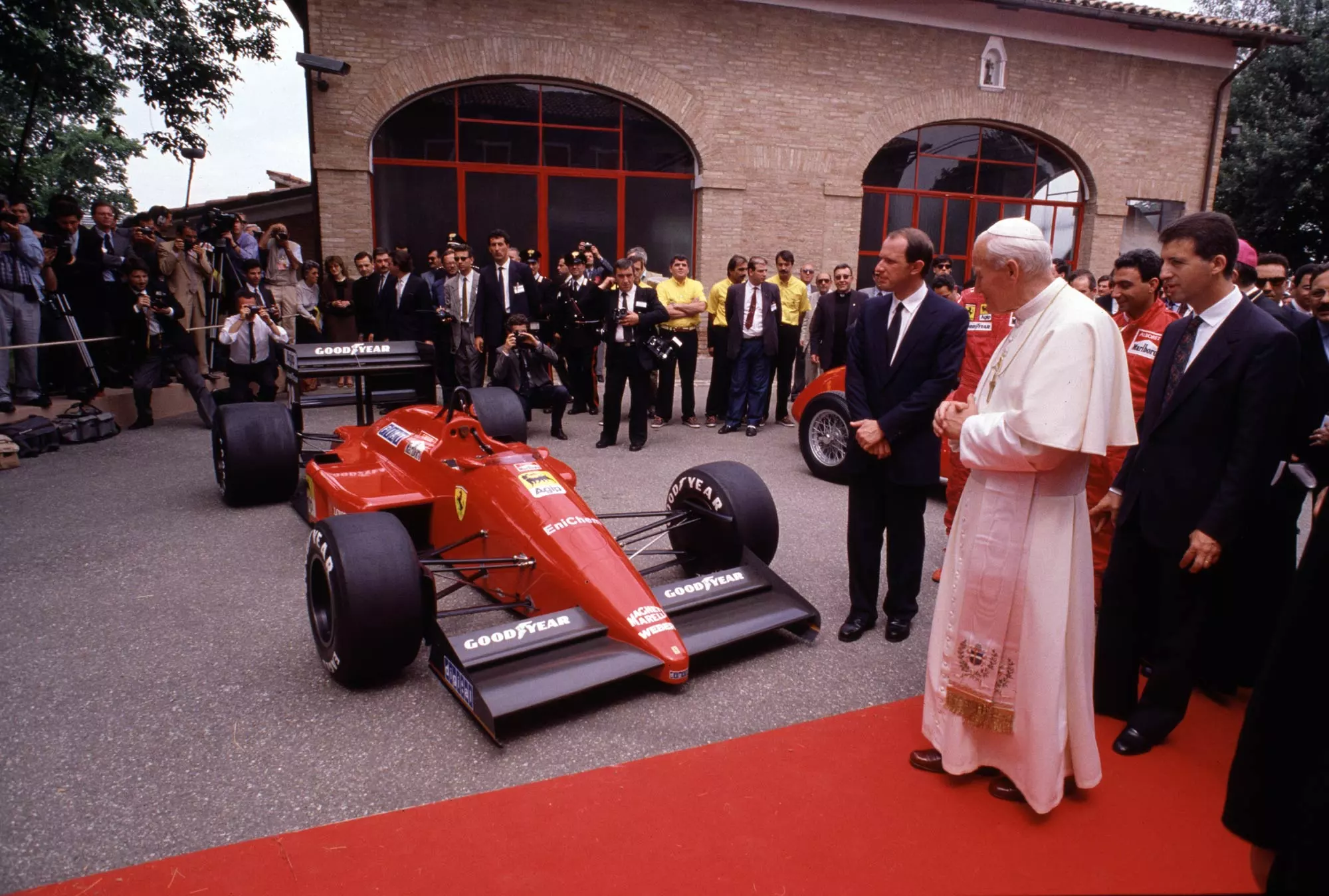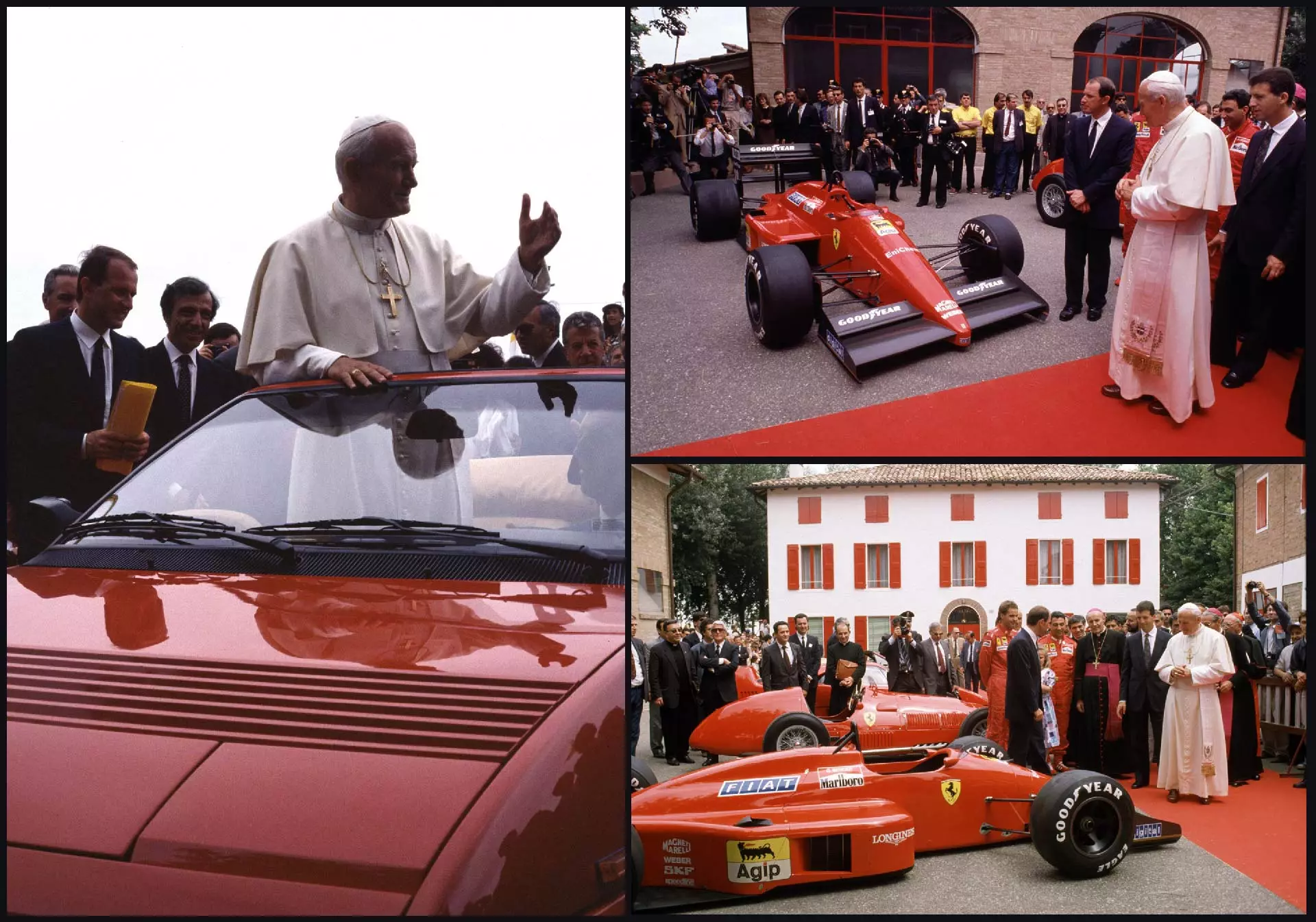Blue-chip investment opportunities rarely include a lavish helping of fun, but one area where the two invariably coincide is the long-term ownership of vintage Ferraris, and this week served as a reminder of the potent force of forever rising Ferrari auction prices.
Eight years ago in August 2015, RM Sotheby’s auctioned the Pinnacle Car Collection during Monterey Car Week, with the US$75.4-million sum making it the most valuable car collection in history, and with more than half the cars sold setting world record prices for their respective model.
One of those cars was a Ferrari Enzo. The most famous Ferrari Enzo. The Pope's Ferrari Enzo!
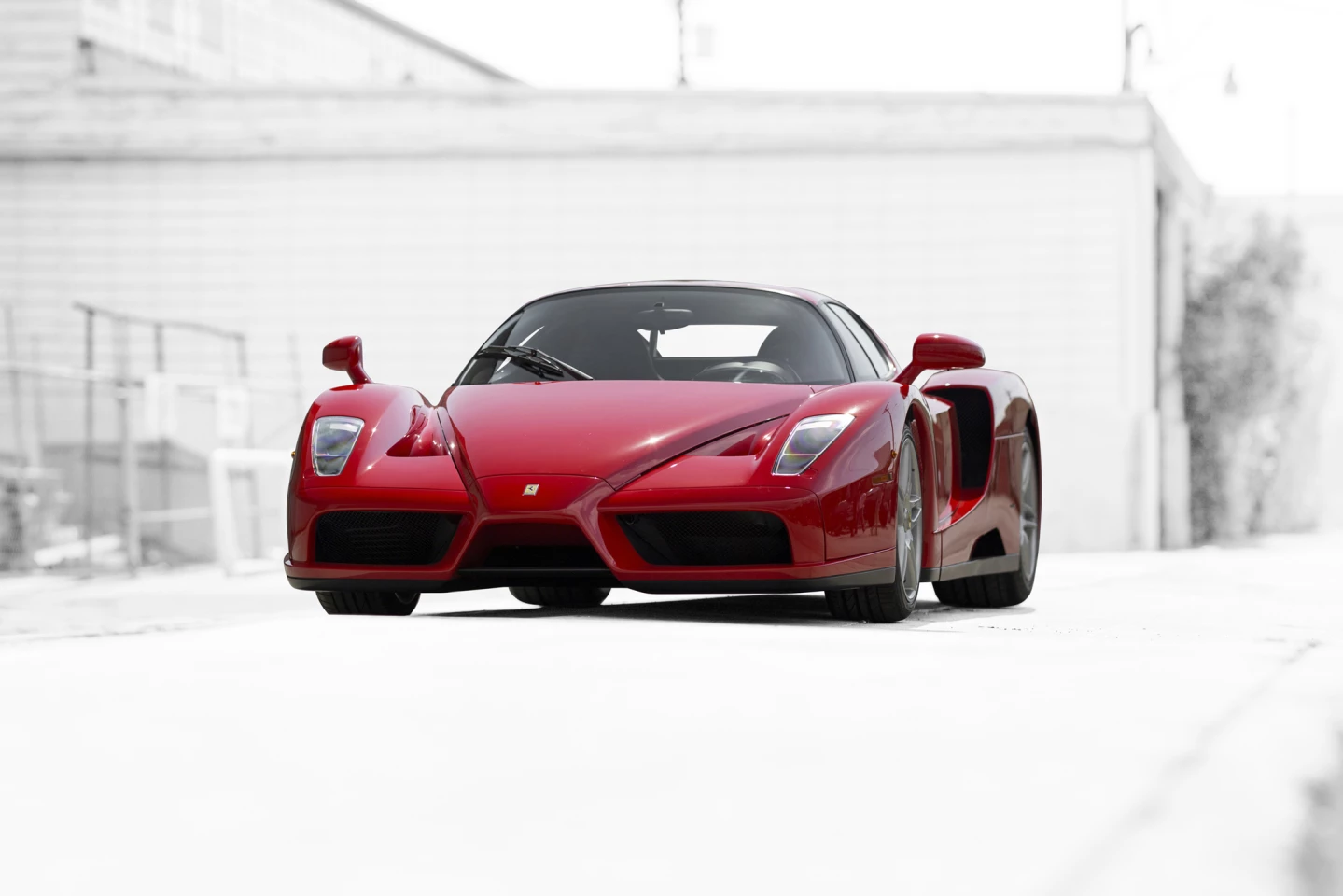
The Enzo followed on from the F40 and F50 as a Ferrari "Halo" car but was a very special vehicle because it was a tribute car to the company founder – Enzo Ferrari.
Much of the technology within the Enzo was straight from Ferrari's dominant F1 car of the period, such as the Bosch Motronic engine management and electronic fuel injection system that ran the 660 bhp, DOHC, four-valve, six-liter V-12 engine, the six-speed electro-hydraulic computer-controlled sequential F1 transmission, the traction control, the suspension, the carbon fiber body, the ventilated carbon-ceramic disc brakes ... ad infinitum.
It was hence an ideal time to pay tribute to the founder as the Ferrari brand had never been as successful or as feted as at that time. The Enzo was a technological tour de force from the company that had won 57 of the previous 85 Grand Prix contested between the beginning of the 2000 season and the end of the 2004 season when this particular unit was built.
All those ingredients had been baked into the other 399 cars with an Enzo badge, but it was this car's provenance which made such a huge impact. Most importantly, it sold for US$6,050,000, which was triple the existing world record price for the model in August 2015 and the remarkable provenance was fully celebrated for the first time, given some historical perspective.
The previous Enzo Ferrari price record of $1,925,000 had been set by RM Sotheby’s at the same place (Monterey) one year prior, and the reason for a tripling of the highest price ever paid for the model was the provenance – the car had been owned and blessed by his holiness Pope John Paul II.
It is difficult to wrap one's head around a Pope owning a Ferrari, but it came about when Ferrari was granted an audience with the Pope in January 2005. Ferrari was the pride of Italy at that time, and was dominating Formula One racing on a level that had never been witnessed before.
Michael Schumacher had just won the 2004 World F1 Drivers Title, following up his 2000, 2001, 2002 and 2003 championships for Ferrari. In so doing, Schumacher had won 13 (of 18) races in the season, breaking his own record of 11 race wins in one season from 2002, along with the record for most consecutive World Drivers' titles (five). Ferrari had broken the record for the most consecutive F1 Constructors' titles (six), accumulating more than double the points of second-placed BAR Honda, and the second Scuderia Ferrari driver, Rubens Barrichello, had won two of the races that Schumacher had not, and could have taken a holiday instead of driving in his home Brazilian Grand Prix and he would still have finished second in the title.
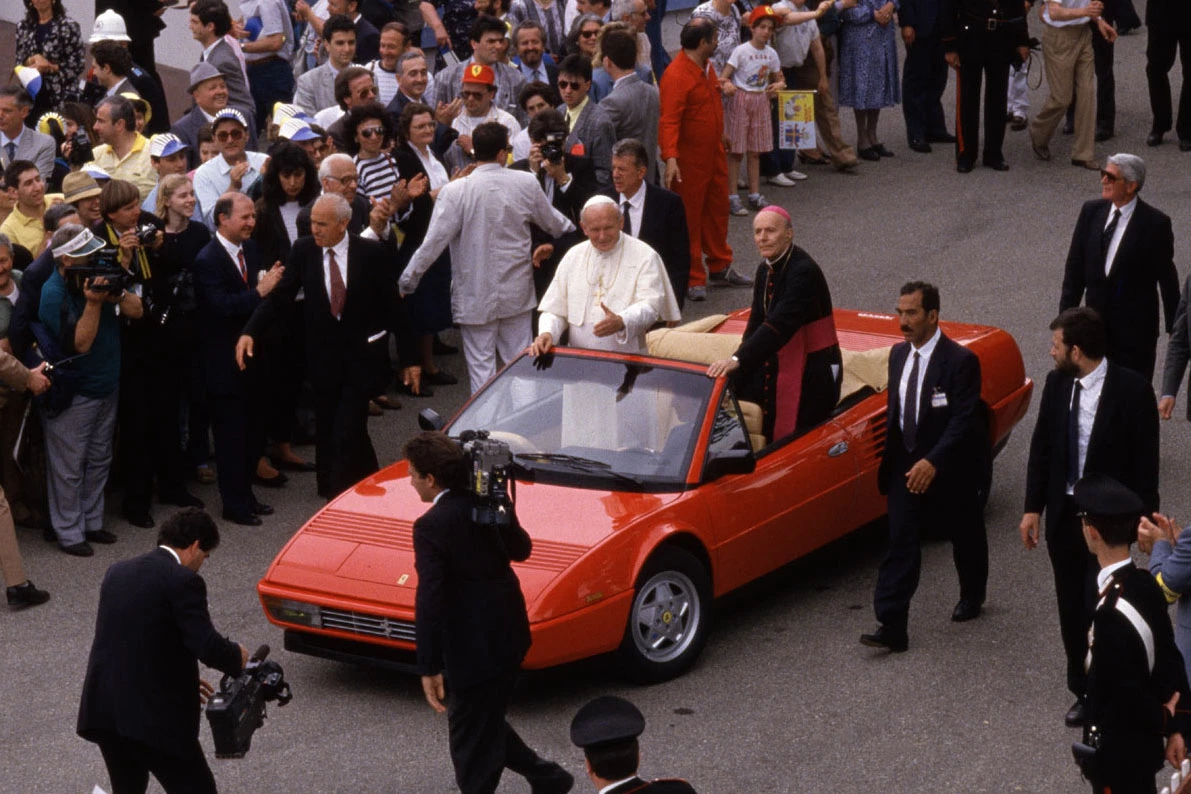
Pope John Paul II visited Maranello on 4 June 1988, embracing the company's history during the visit and getting a close look at the Ferrari F1/87/88C of then factory drivers Gerhard Berger and Michele Alboreto, as well as several other single seater racing cars from the company's glorious racetrack heritage.
Enzo Ferrari was too ill to be present for the occasion, but he spoke with the Pope by telephone, and passed away just 10 weeks later on 14 August 1988, aged 90.

Unlike the 2005 audience with the Ferrari hierarchy, Ferrari was not a dominant force in racing in 1988, and indeed, two of the best drivers in history (Alain Prost and Ayrton Senna) were sharing the driving duties of a rampant McLaren MP4/4 that year. Going into the 12th (of 16) race in the 1988 World Formula One Championship, the 1988 Italian Grand Prix at Autodromo Nazionale di Monza on 11 September 1988, Ferrari had not won a race, and McLaren had won them all to that point.
In the race, Prost's McLaren had engine problems but Senna's McLaren was leading with just two laps to go when he collided with a backmarker, leaving the two Ferraris an unlikely 1-2 finish.
If it been a film script, it would have been scrapped as just too implausible. Ferrari came from the clouds to take a 1-2 victory at the home of Italian motorsport just a few weeks after the visit of a man who would later become a Saint, and the first race since the death of Italy's beloved Enzo Ferrari. Just to complete the fairy tale, McLaren won all of the remaining races of the year, and (statistically) enjoyed the most dominant year in Formula One history.
There has never been a more credible case of divine intervention.
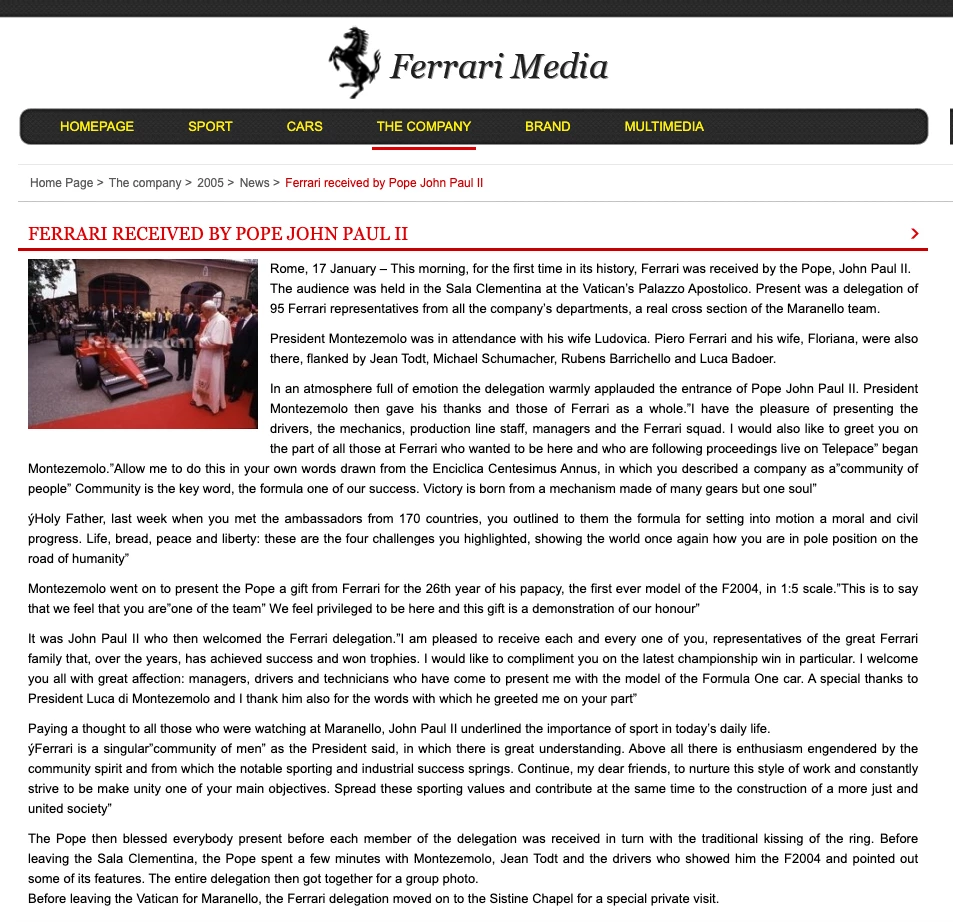
Everyone within the Ferrari contingent on 17 January 2005 found the audience with Pope John Paul II so deeply moving that it was decided later in the day to do something special to commemorate the occasion and the idea was hatched to create a 400th Ferrari Enzo and to donate the car to the Pope in order to provide much needed humanitarian aid to South East Asia following the (26 December 2004) "Boxing Day Tsunami" which had killed 228,000 people and devastated millions of homes and businesses across 14 countries.
So be in no doubt, "the Pope's Ferrari" may sound like a comedic prelude, but it was created specifically to help mitigate the suffering resultant from one of the deadliest natural disasters in recorded history.
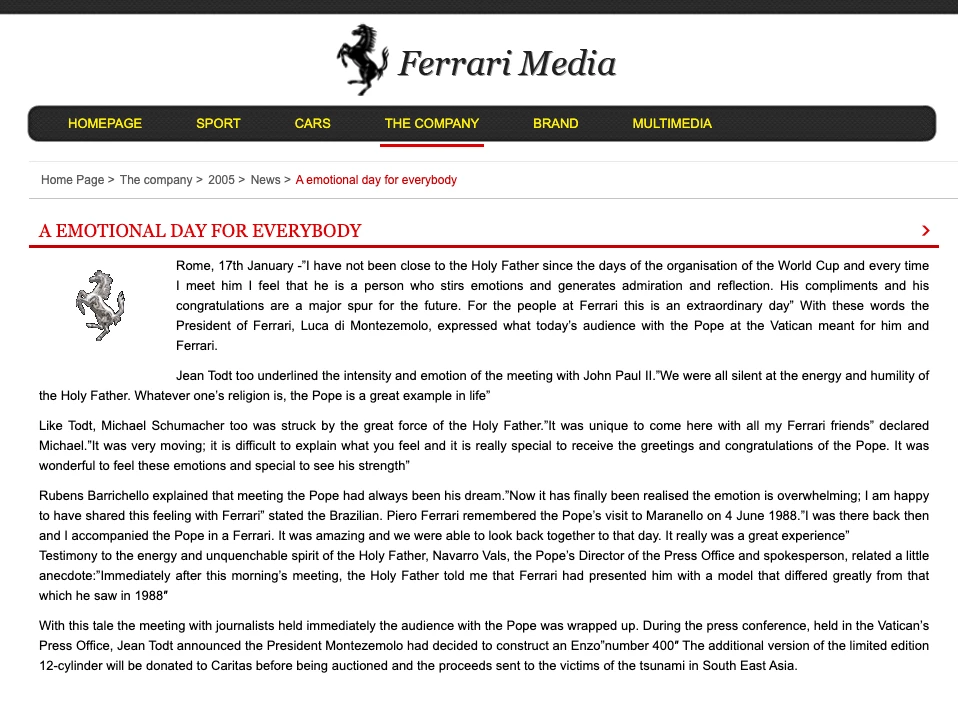
Both press releases are worth reading in that context. This was the origin of the car that sold for $6,050,000 at Monterey in 2015, and these are the events which contributed so much to the gravitas of its provenance.
The final count of 400 Enzo units produced was 51 beyond the originally planned production run of 349 cars, a number that had been formulated in keeping with the company tradition of building "one car fewer than the market would demand." In reality, someone got those numbers very wrong, because Ferrari could have doubled the price and sold multiples of that number of cars at that time.
Fifty cars had been added to the originally announced production run of 349 units because there had been an unprecedented public demand for the car. Success begets success, and Ferrari at that time had such an embarrassment of racetrack riches that the world's Tifosi ranks had swelled to record numbers.
Hence, buying one of the limited-edition Ferrari hero models was not available to just anybody, and at a time when Ferrari was clearly the most dominant sports car producer in the world, getting on the list was problematic no matter who you were.
If a customer had a stellar track record for buying previous hero models such as the F40 and F50, plus maybe a high public profile in all the right ways, they might perhaps have been on the short list to purchase an Enzo, but when very important customers weren't making the cut, pushback occurred all the way to Maranello.
So the 349 number was pushed to 399 – all sold before customers had clapped eyes on one – because everybody knew that the car was a bargain at the official US$652,000. Ferrari knew too, and attempted to contractually obligate buyers to sell the car back to the dealer if they decided to sell their car within a certain time frame – it did not want prominent people doing gauche things like "flipping" their Ferrari Enzo to make an extra buck.
It hence wasn't a great surprise when the Pope's Enzo, the 400th and last of the species, sold for €950,000 (US$1,149,025) during a Ferrari-only sale by Sotheby's in June 2005. Sportscar Market had been the authoritative voice in the prestige car marketplace for elite sportscars since 1988 and its "in period" take on the sale illustrates just how much everyone had underestimated the strength of the market going forward.
From the January 2006 issue of SportsCar Market: "While the purchaser did not overpay, he did not make a good financial investment either. In the near future his car will never be worth more than it was on auction day."
History has certainly proven otherwise, and the purchase of the Papal Ferrari Enzo was just one of a number of speculative coups made by the brains behind the Pinnacle Portfolio which was being secretly assembled at that time as a financial play by knowledgeable enthusiasts – a play that paid off very handsomely on 13 August 2015 (that's a link to the auction catalog a buyer would have purchased with their admittance to the auction).
The Ferrari Enzo concerned paid off at five times RoI in the space of a decade, and it was by no means the most expensive car within the Pinnacle Portfolio.
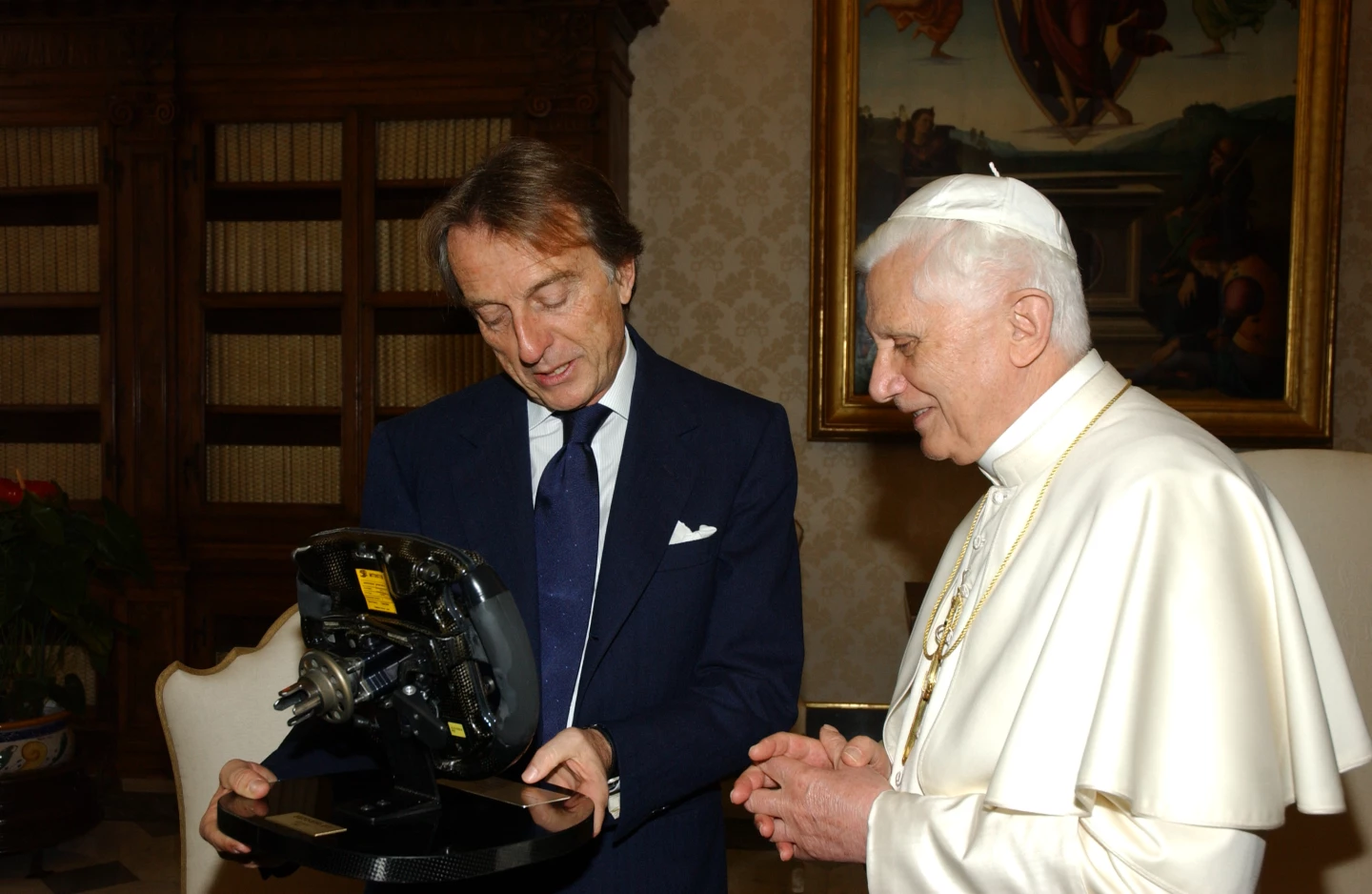
Interestingly, the SportsCar Market article mentioned the Papal provenance, but didn't pay it a great deal of heed, because the clamor to be seen as one of the chosen few deemed worthy of a Ferrari Enzo had seemingly clouded the issue and the proximity of the Papacy.
Indeed, Enzo owners were attempting to break their contracts with Ferrari to cash in on the prices being offered because of the burgeoning demand, so the high sale price was largely seen as being due to the imbalance of the supply-demand equation.
Since then, there has been an enormous amount of evidence that a Pope in the provenance of any object is an auction block multiplier.
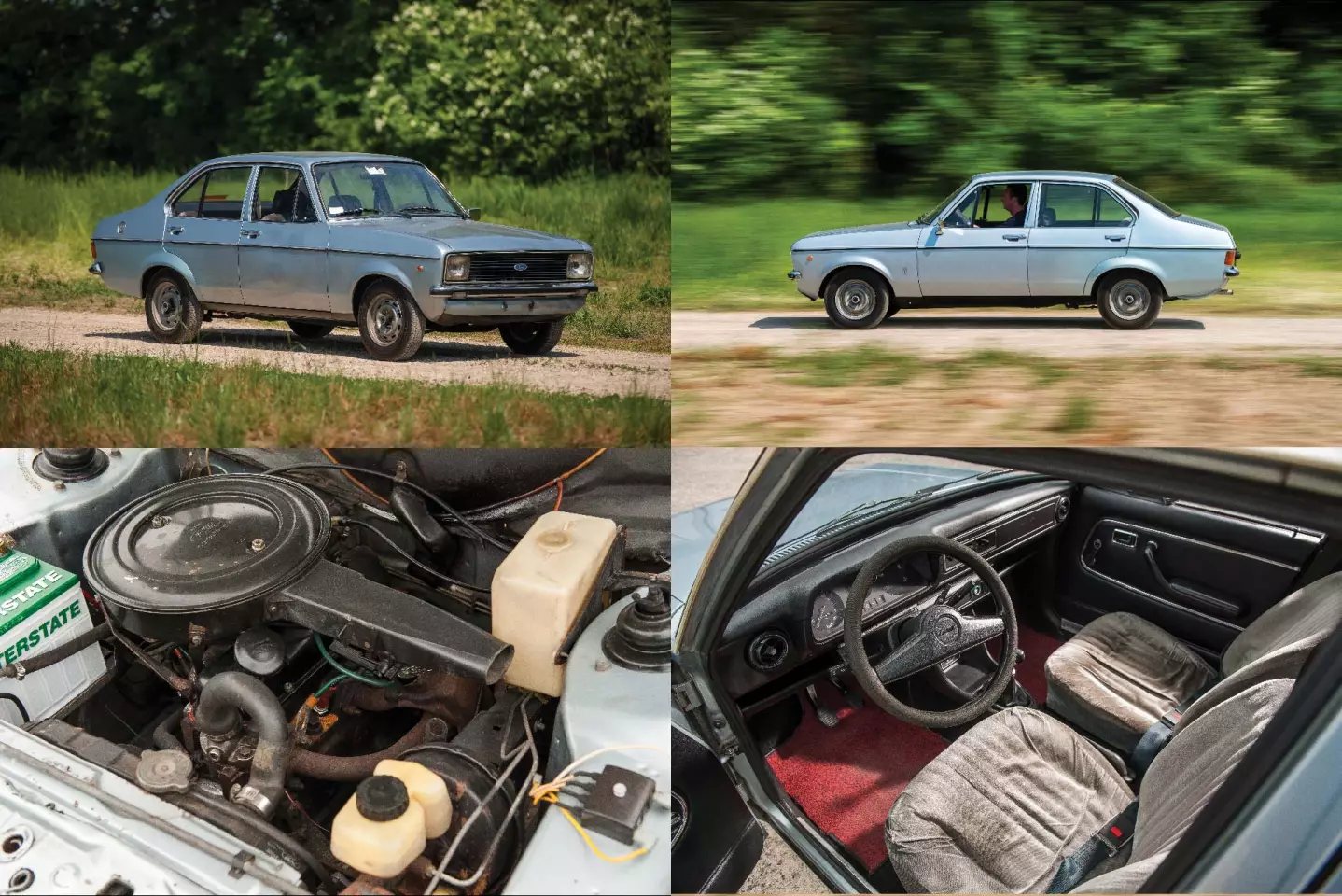
There's plenty more evidence that Papal provenance is pure gold on the auction block. In 2005, a non-descript Volkswagen Golf once owned by an obscure German Cardinal sold for $244,800 when Cardinal Joseph Ratzinger got a promotion to become Pope John Paul II's successor, as Pope Benedict XVI.
That story pales beside the price achieved by a standard 2013 Harley-Davidson Dyna Super Glide (with a street value of around $12,000) which sold for €241,500 (US$330,938) at Bonhams’ Les Grandes Marques du Monde sale in Paris in 2014. The bike had been given to Pope Francis by Harley-Davidson as part of its 110th Anniversary celebrations and the Dyna Super Glide subsequently fetched roughly 25 times its new sale value. The bike and a Harley jacket were signed by the Pontiff as "Francesco" (see image gallery for this article), and the jacket sold for €57,500 at the same auction.
In 2017, Lamborghini gifted Pope Francis a $200,000 Huracan, which he blessed and added his signature on the car’s hood, before auctioning it for charity. RM Sotheby’s estimated it would fetch $300,000 to $450,000 but it sold for €809,375 (US$970,280).
... and so to the crux of this story.
Earlier this month, the $6.05 million price paid for the Pope's Ferrari Enzo eight years ago was almost beaten. We now all recognize the significance of that car and its place in history and what an outlier it was in terms of price in 2015, but history now supports the reasons it attracted such a price.
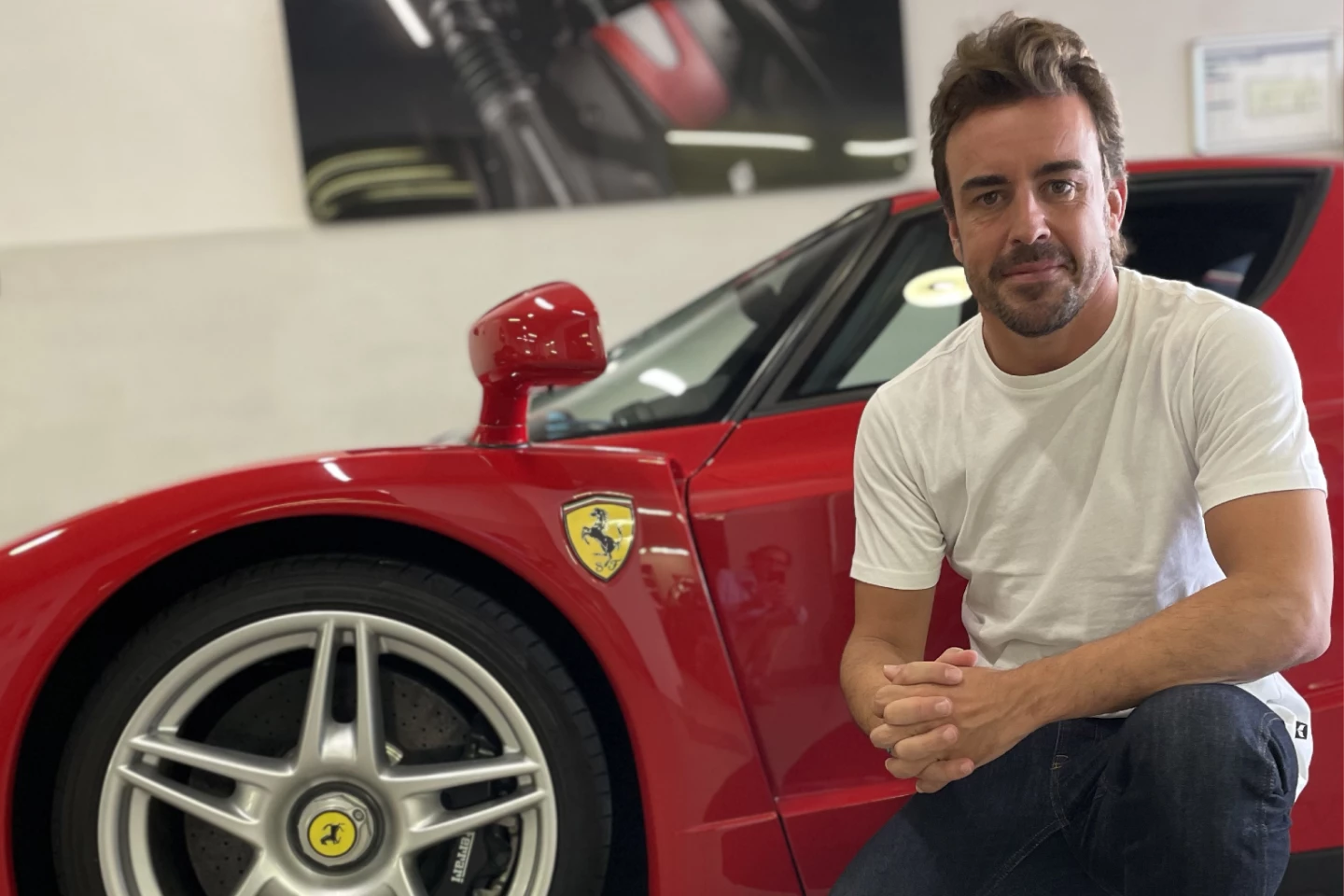
The car that almost beat it belonged to twice world F1 champion Fernando Alonso, and unlike the Pope's Ferrari which was the last of the species, Fernando’s Enzo carried the added significance of being ‘Scocca n.1’ – the first Enzo!
The car had been driven for just 4,800 km at the time of auction and was sold fresh from an overhaul. Those attending the auction were shown a video message from the Formula One star, congratulating the prospective new owner on their purchase. Alonso said during the video, “It means a lot to me, and I’ve had a great time with the car – it’s a magic piece of art. I know that it’s going to be in good hands… please take care of the car and enjoy it.”
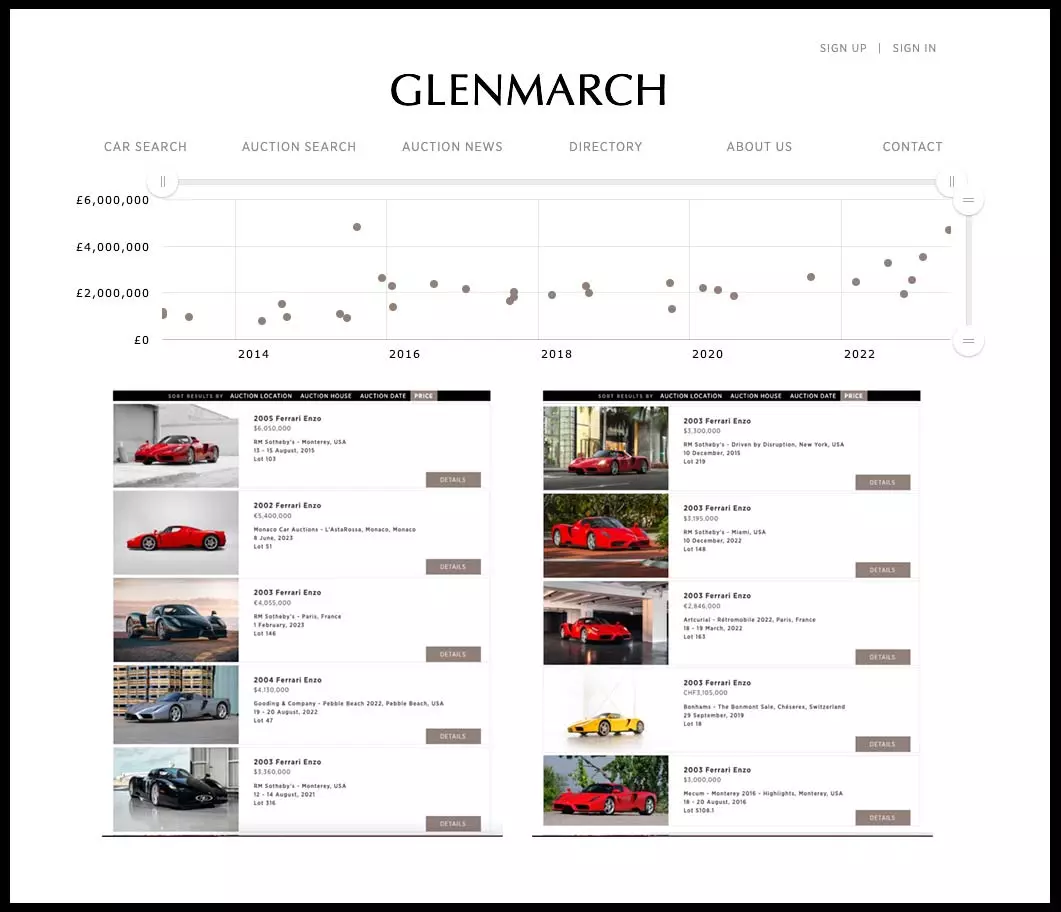
The GlenMarch.com web site is one of several sites that offer excellent sales history of any classic car. In this case the "outlier" result of the Pope's Ferrari Enzo is obvious, plus how it immediately added energy to the Enzo market.
Just before we go on with the story, here are two suggestions for Glenmarch.com: offer the ability to see results in other currencies beyond GBP (and you'll increase your market x 20), and make the charts bigger and embeddable in other web sites so that they (we'd do it) can use those charts to illustrate our analysis of individual markets.
Getting back to the crux of this story, the above chart also clearly shows that prices are surging once more, and that inside a decade, the price of the world's most famous Enzo Ferrari that we thought would remain as the record for decades, will be surpassed by identical cars without the provenance of a modern-day Saint.
Pope John Paul II was canonized as Saint John Paul on 27 April 2014.
Are vintage Ferraris always a good investment?
You need to do your homework and pick the model, then get the right car. Every car is different, even if it began life nearly identical to the others in the production run. Each car is treated differently by its owners, and elite cars of this ilk can have very different lives. The general trend in prices at auction tells a story though, and just to see how the trend in Ferrari Enzo prices compares to other recent Ferrari Hero cars, we ran the F40 and F50 through the Glenmarch.com web site, and the result told a fascinating tale.
Those particular Ferrari hero cars are indeed extremely collectible and over the last decade have been going from strength to strength.
The F40 debuted at the 1987 Frankfurt Motor Show as the 40th anniversary Ferrari supercar and it became the poster child of a generation of automotive enthusiasts. Although it was initially intended that only 400 examples be built, unprecedented customer interest prompted Ferrari to ultimately build 1,315 cars, of which 213 were built to US specifications.
It turned out to be a mistake for Ferrari, because it took a long time for the market to climb back to respectability after the inevitable initial auction value drop. The F40 is more than fully recovered now though.
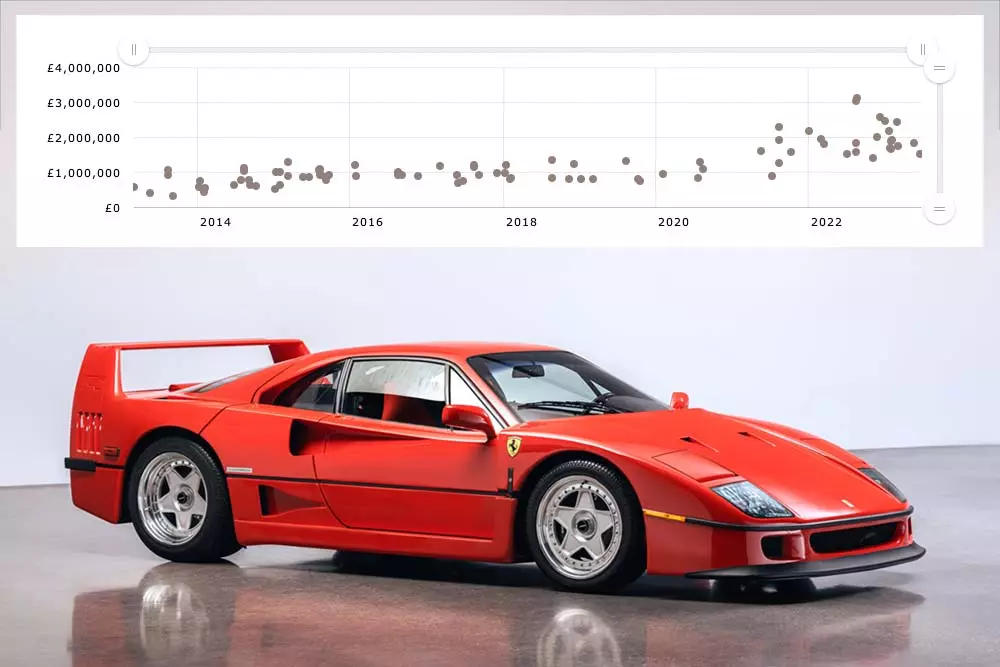
The first F40 to sell for more than $2.0 million took three decades, happening at RM Sotheby's Amelia Island auction in May 2021. In short order though, prices have jumped, and in the 26 months since that sale, 14 F40s have sold for more than $2.0 million, and another five have sold for more than $3.0 million, with the record now standing at $3.965 million and is poised to broach the $4.0 million barrier sometime soon. Words don't do it justice, but that chart tells the story quite nicely.
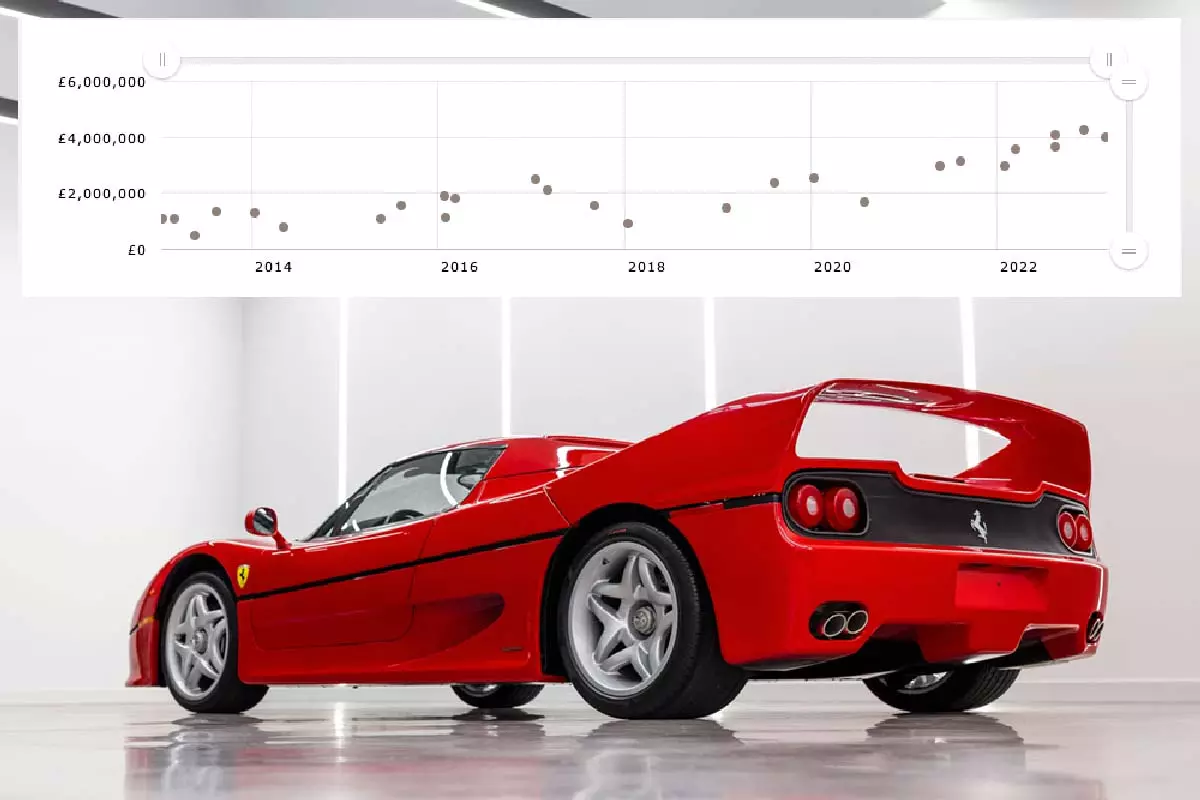
The F50 was built in similar numbers to the Enzo, with 349 units produced between 1995 and 1997, and an initial price tag of US$475,000.
The last one to sell for less than US$1.0 million was at the RM Sotheby’s official Concorso d’Elegenza Villa d’Este sale in May 2013, and the first to crack the $2.0 million barrier also cracked the $3.0 million barrier in January 2017 when one of four F50s built new in Nero (black) sold for $3,135,000. The $4.0 million mark was surpassed at Retromobile in Paris in March 2022, and the first of three Ferrari F50s to sell for more than $5.0 million occurred at the first sale of Hagerty-owned Broad Arrow Auctions in August, 2022.
You don’t need to be a Rhodes Scholar to work out the direction of that marketplace either.
In summary, the overwhelming lesson from our research indicates that Ferrari hero cars are indeed extremely collectible and over the last decade have been going from strength to strength and buying the right car could prove to be the blue-chip investment you'd hope it would be.
